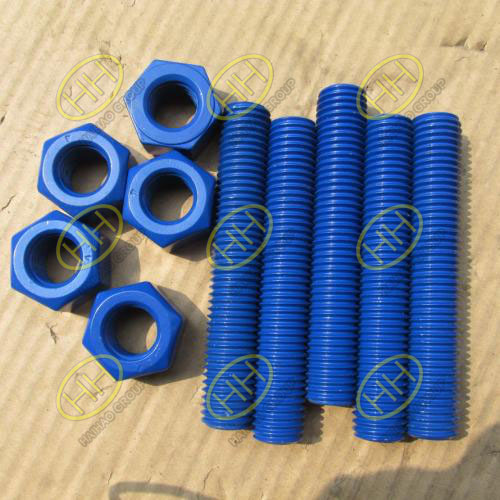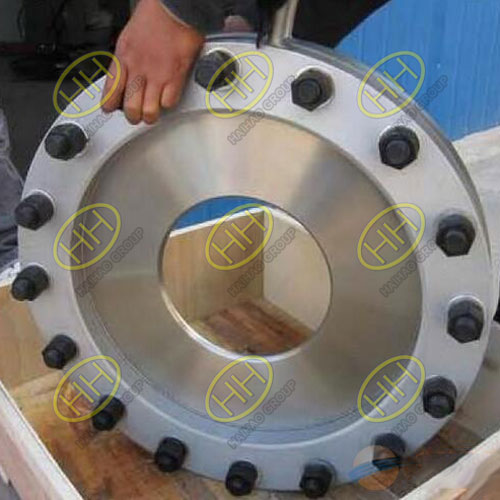Versatile fasteners for every application- flange nuts
Flange nuts are a type of nut with a wide flange on one end, serving as an integrated washer. Made of hardened steel and zinc-coated, flange nuts find applications in various settings, depending on the purchased style. They typically feature a hexagonal shape. To avoid damaging components, these nuts distribute the pressure of the nut evenly on the fixed part.
In essence, “flange nuts” are fasteners with a wide, circular flange at the base. Their “washer-like” base helps distribute the load pressure of the nut evenly over a larger surface area. Flange lock nuts have a hexagonal shape and are used on assembly lines where workers need to speed up the assembly process.
Flange nuts provide a locking action that may be serrated. To allow the nut to rotate in the correct direction, serrated flange nuts are appropriately tilted to facilitate nut loosening. Serrations help prevent nut vibration from moving the fastener, thus maintaining nut retention. To create a stable structure, flange nuts sometimes use serrated flanges (used for connecting wood and plastic). Also known as serrated face nuts, prevailing torque nuts, or serrated tooth nuts, this type of fastener provides greater resistance to vibration. As the nut tightens onto the joint, mating surfaces are scratched by these serrations, achieving a locking fit.
Advantages of Flange Nuts
Flange nuts can be adjusted and removed after installation. However, the number of times flange nuts can be used is limited, as the effective torque decreases with each use. Another advantage of flange nuts is that they work well with reduced preload when using their remaining rotational resistance.
These types of nuts are not suitable for long-threaded components, as the nut’s locking function can be compromised when the nut moves along the thread.
Another disadvantage of flange nuts is that they use deformation to provide a snug fit. There is a high risk of corrosion when painting or coating flange nuts.
Nut Design and Dimensions
Stainless steel flange nuts come in various designs. Standard manufacturers design shapes and other features based on the nut’s purpose. The purpose of these designs is to make the nuts useful for the bolts used to tighten them. For example, in some cases, square nuts are used for fastening parts with square bolts. Nut manufacturers have different specifications and designs for each nut fastener. Each nut fastener also has different design purposes. For example, hex nuts, shaped like “hexagons,” derive their name from this shape.
Applications of Flange Nuts
Now that we understand what flange nuts are and their pros and cons, let’s explore their applications in various fastener sectors.
In heavy industrial applications: Used for fixing lamp posts, connecting metal plates or metals, elevators.
In various parts assembly industrial applications: Framework applications, construction sites, buildings, furniture fixation, pipe fittings, automotive parts.


